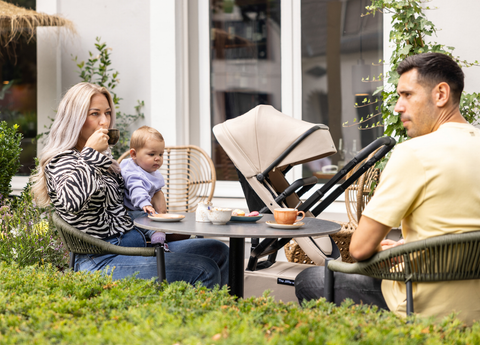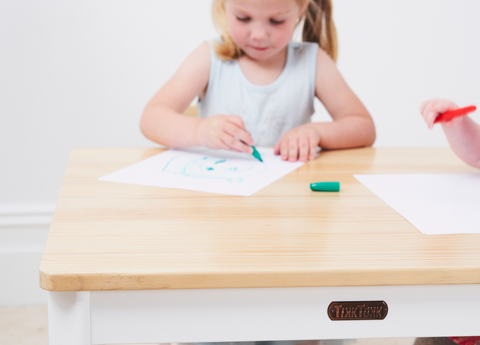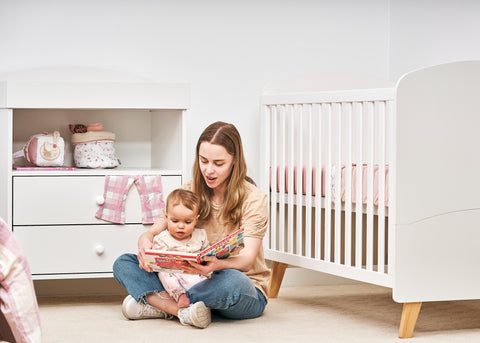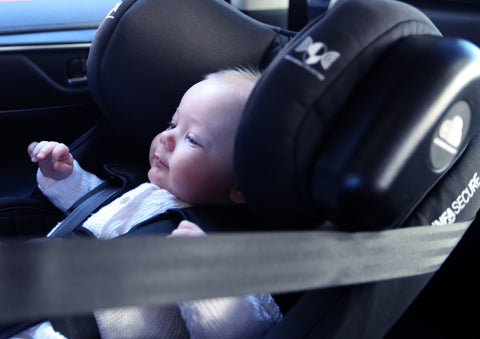Car seats with built-in harnesses can have one of two mechanisms for adjusting the shoulder height of the harness. These can vary slightly across manufacturers, however the functionality is still the same.
The first type is a feature that is built into your car seats headrest, which adjusts both the headrest and the harness simultaneously. InfaSecure have made your life easier by adding this feature to most of our car seats, and we call it Twist and Lift! As you lift the car seat headrest, the pre-threaded harness will lift as well. There is no need for manual rethreading or undoing the harness from the spreader / G plate at the back of the seat.

Twist & Lift car seat
The second type requires manual rethreading. Car seats without the Twist and Lift mechanics have multiple shoulder strap slots so you can manually move the harness up as your child grows. To adjust the height of your harness, you will need to loosen the harness as much as possible, so that the spreader / G plate becomes visible on the back of the seat. Simply unhook the ends of the harnesses from the spreader / G plate, and re-thread the straps through the appropriate slot for your child's shoulder height. When you are finished, ensure that you’ve correctly re-attached the straps to the spreader / G plates.

Manually rethreaded car seat
Ensuring that the correct slot is used can help prevent a loose harness fit, improve shoulder strap placement and can also contribute in preventing harness escapism.
In rearward facing restraints, you should use the slot that is level or slightly above your child’s shoulders. Do not use a slot if it is below your child’s shoulders. In forward facing restraints, you should use the closest slot to your child’s shoulders, but not more than 25mm below your child’s shoulders.
Still need help with your car seat harness? We're always here to help!
























